This book may not be reproduced, in whole or in part, including illustrations, in any form (beyond that copying permitted by Sections 107 and 108 of the U.S. Copyright Law and except by reviewers for the public press), without written permission from the publisher.
Published in the United States of America by The University of Michigan Press Manufactured in the United States of America  Printed on acid-free paper
Printed on acid-free paper
A CIP catalog record for this book is available from the British Library.
1. Monaghan, Tom, 1937Influence. 2. Monaghan, Tom, 1937Religion. 3. RestaurateursUnited StatesBiography. 4. CatholicsUnited StatesBiography. 5. Domino's Pizza (Firm). 6. ExecutivesUnited StatesReligious life. I. Title.
TX910.5.M59L46 2012
647.95092dc23
[B] 2012019747
Unless otherwise noted, photographs courtesy Linda Charboneau.
Ave Maria Foundation
One Ave Maria Drive, P.O. Box 373
Ann Arbor, MI 481060373
It seems to me a historian's foremost duty [is] to ensure that merit is recorded, and to confront evil words and deeds with the fear of posterity's denunciations.
The theologian may indulge the pleasing task of describing Religion as she descended from Heaven, arrayed in her native purity. A more melancholy duty is imposed on the historian. He must discover the inevitable mixture of error and corruption, which she contracted in a long residence upon earth, among a weak and degenerate race of beings.
PREFACE
Are You Catholic?
Are you Catholic? was the first question Tom Monaghan asked me.
No, not anymore, I told the billionaire Catholic philanthropist.
Monaghan shrugged and said no more about it, so we got down to business: the first interview for his biography.
This wasn't an authorized biography. Monaghan wouldn't have any control over the final product. With that condition, it understandably took months for him to make up his mind. But when Monaghan finally agreed to cooperate, he gave me almost everything I wanted: ten extended interviews with him plus access to almost all his top people. He did rule some people and topics off-limits. When I asked to interview his wife and family, he said no, and when I asked about his wife and family, he said nothing.
Otherwise Monaghan answered everything I asked as frankly and honestly as he could, though he wouldn't speak ill of the living and only very rarely of the dead. Naturally there were things about himself he didn't know, couldn't know, or wouldn't let himself know. In that way, he was no different from anyone else.
In almost every other way, Monaghan was like no one else, and the story he told sounded like it came out of a Dickens novel. From his brutal childhood through his tumultuous business career and his extraordinary ambition to build a world-class Catholic university, Monaghan dreamed big dreams, set impossible goals, and achieved great things, all while trying to live so his soul would go to heaven when he died.
Whether it did or didn't wasn't up to me. I wasn't there to make the case for Monaghan's soul. I was there to record his dreams and accomplishments, to tell his story in his own words and let him speak for himself.
He wouldn't be the only one speaking. Like most rich and powerful men, Monaghan had a huge number of friends and enemies, and while some wouldn't talk, most were eager to praise or bury him. True or false, they were witnesses to his life, and their testimony would be heard, though if it proved false, they'd be called on itjust like Monaghan.
In the end, whatever Monaghan might've hoped for when he agreed to cooperate, I got to tell his story the way I thought it should be told: critically but compassionately and with as much fairness and objectivity as I could muster. So in the interests of full disclosure, let me answer Monaghan's first question more completely.
I was baptized a Catholic shortly after I was born and educated at Catholic schools from kindergarten through high school. I left the Church after I graduated, went back after I got married, and left for good after I got divorced. Years later I read the Bible a few times, then the works of the Church Fathers and the Gnostic scriptures, then the founding documents of most of the rest of the world's religions, and several shelves of books on religion after that. These days, my relationship with God is between me and God.
ACKNOWLEDGMENTS
My thanks to the following folks without whom
Suzanne Abdalla, Karen Armstrong, Cheryl Bachelder, Gene and Becky Belknap, Jan BenDor, Lee Berry, Michael Betzold, Catherine Bilow, Gunnar Birkerts, Dave Black, Brenden Blackmur, Jerry Brennan, Linda Charboneau, Teresa Collett, John Correll, John DeJak, Bishop Frank Dewane, Dan Dentino, Liam Dillon, Maureen Dobbs, Bernie Dobranski, Kate Ernsting, Rob Falls, Joseph Falvy, Katherine Farrell, Father Joe Fessio, Sam Fine, Beverly Fish, Robert Fulmer, Blake Gable, Robert George, Al Gray, Dan Guernsey, Scott Ham, Michael Healy, Nick Healy, John Hilton, Ron Hingst, John Hittinger, John Hunt, Dave Kilby, Bill Koshelnyk, Paul Kovacs, Al Kresta, John Kruse, Harvey Leach, John Lennon, Cathy Leonard, John Leonard, Keith Leonard, Mildred Leonard, Susan Leonard, Will Lovick, Liz Margolis, Sister Diane Masson, Vic Melfa, Ellen McCarthy, Tim McIntyre, Jay McNally, Gene Milhizer, Christina Milton, T. R. Minick, Tom Monaghan, Michael Moran, Father Dennis Morrow, Jeff Mortimer, Cynthia Mortonson, Jan Muhleman, Richard Myers, Friedrich Nietzsche, Andrea Olson, Janet Opdyke, Father Michael Orsi, Mark Pankin, Ed Pear, Phil Pochoda, Phil Pucillo, Charlie Rice, Jeff Randolph, Paul Roney, Stephen Safranek, Bob Savage, Father Philip Schweda, Joanne Sintic, the Sisters of Mary Mother of the Eucharist (Mother Assumpta Long, Sister Beth, Sister Catherine Thomas, Sister John Dominic, Sister Joseph Andrew, Sister Mary Samuel, Sister Stephen Patrick), Jack Sites, Father Mike Scanlan, Margaret Sophiea, Dinesh D'Souza, Gary Spicer, Larry Sperling, Dick Thompson, Nancy Trudell, Don Vlcek, Forrest Wallace, Diane Weid, Emily Westlake, Thomas Woods, J. Adrian Wylie, Neil Young
Prologue
Letters from Ave Maria
Wednesday, October 22, 2008
Crowned with a ten-foot-tall gold-gilded Celtic crucifix, the peak of Ave Maria Oratory rises ten stories straight up out of the flat landscape of Southwest Florida. And like the town of Ave Maria to its west and the University of Ave Maria to its east, the Oratory is brand new: nothing was there two years before but tomato fields.
To get to Ave Maria, I took six-lane Immokalee Road due east past strip malls, gated communities, and private golf clubs. Fifteen miles from the coast, I turned southeast onto four-lane Oil Well Road. First there was a high school on the left, then a golf course on the right, but after Everglades Boulevard, the road narrowed to two lanes for the remaining ten miles through the rural countryside to Ave Maria.
Ave Maria the Oratory, the town, the university, the five thousand acres they sit on, and the ten thousand acres that surround them are the realization on a monumental scale of one man's extraordinary vision. That man is Tom Monaghan, the half orphan who built Domino's Pizza from nothing into a $3-billion-a-year business then sold it for $1 billion to finance his dream.

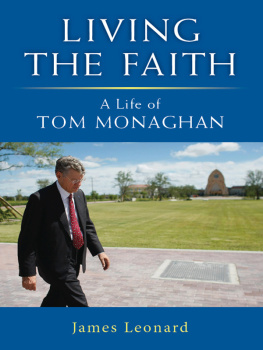


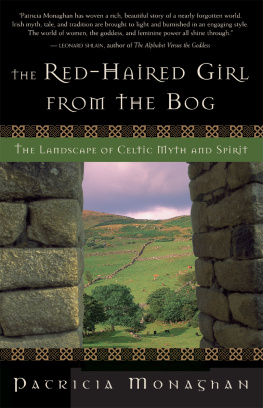
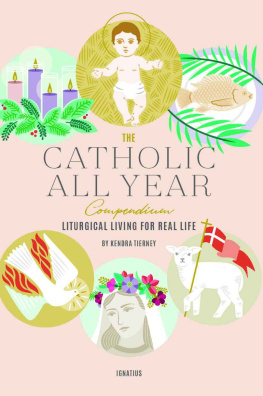
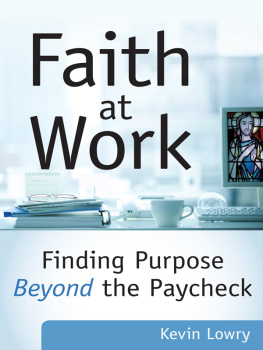
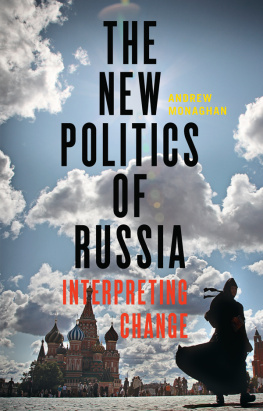
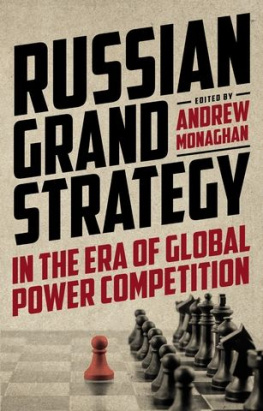

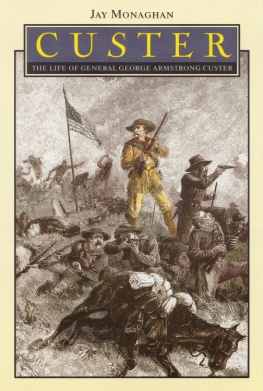
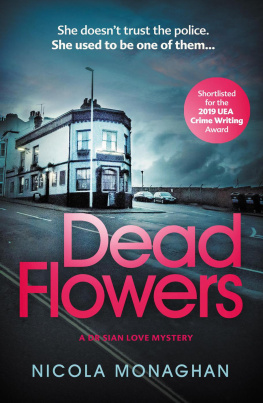

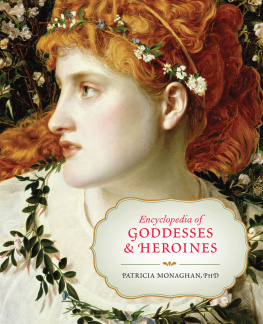

 Printed on acid-free paper
Printed on acid-free paper